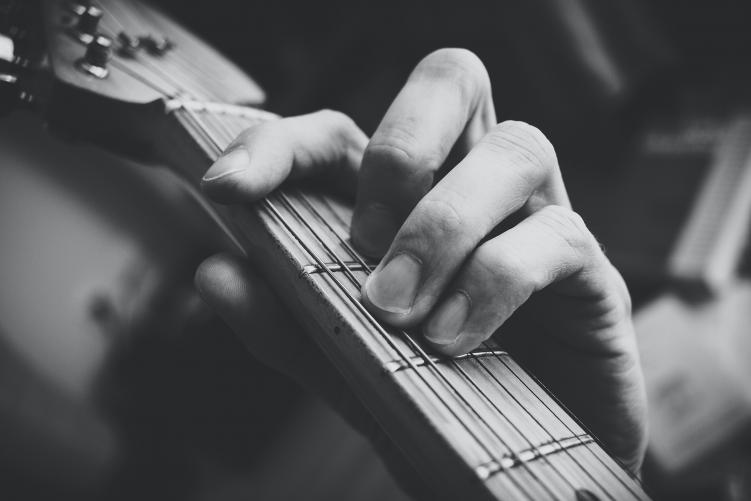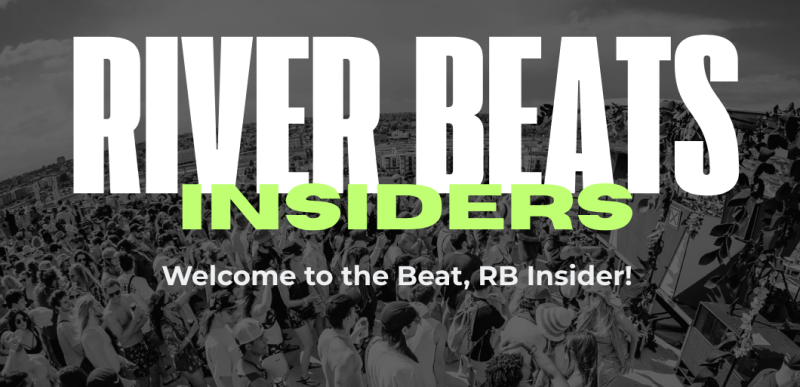A Quick Guide To the Chord Types On Guitar
Learning a musical instrument is one of the most rewarding hobbies you can pick up. Studies show that learning how to play an instrument can make you a nicer person, a happier person, and it can even make you live longer.
When you first dive into the world of music, there is a lot of theory to learn – this is the case for every instrument, even guitars. One of the first things you learn with online guitar lessons is how to play chords. That’s because they’re the basis of songs – they provide the harmony and emotion to the piece.
Today, we are going to talk you through some basic music theory that is going to make you a better musician and hopefully, make you a better guitarist player too.
Today we will answer the question – how many types of guitar chords are there?
How Many Guitar Chords Types Are There? And What Are They?
A standard guitar has 20 frets and 6 strings. A chord is made by holding down a combination of these strings against the frets.
One of the first things you will do when you are learning to play guitar is to learn how to play all the cords.
There are 8 different chord types – all of whom have 12 chords within the group that represent the different notes on the musical scale.
The 12 notes are C, C#, D, Eb, E, F, Gb, G, Ab, A, Bb, B.
The 8 different types of guitar chord groups are as follows:
- A Major Chord
- Bb Major Chord
- B Major Chord
- C Major Chord
- C# Major Chord
- D Major Chord
- E Major Chord
- Eb Major Chord
The guitar chord groups used in a song are generally inspired by the key that the song is being played in. Guitars are used in lots of songs because a capo makes it easy to transpose songs into easy-to-play chords.
7 Most Useful Chords For Beginners
Some chords are more commonly used than others. Today, we are going to talk you through the 7 most popular chords.
C Major
If you have a guitar teacher then the first chord they will probably teach you will be C Major. It is one of the most popular chords in songwriting and it is much easier to play than most other chords.
Finger 1 – fret one, second string.
Finger 2 – fret two, fourth string
Finger 3 – fret three, fifth string.
Don’t play top string.
G Major
This is the second most popular guitar chord. Along with the C chord it is used in most pop songs and many classical pieces. Once you have masted C Major then move straight onto G Major.
Finger 1 – fret two, fifth string.
Finger 2 – fret three, sixth string.
Finger 3 – fret three, first sting.
Play all strings.
D Major
Once you have mastered C Major, G Major, and D Major then you will be able to play a lot of pop and rock songs. After you have got the hang of this one, try out the e chord guitar next.
Finger 1 – fret two, third string.
Finger 2 – fret two, the first string
Finger 3 – fret three, second string.
Do not play the top 2 strings.
E Minor
Eb (read as E Flat or E Minor ) is another guitar chord that will come in handy if you are trying to play rock, pop-punk, or punk music on your instrument.
It is a chord that is popular with many beginners because it only requires 2 fingers.
Finger 2 – fret two, fifth string.
Finger 3 – fret two, fourth string.
Play all strings.
D Minor
While D Minor may look similar to D Major, you should be aware of their differences and you should know how each sounds.
Unsurprisingly, D Minor has a more somber tone to it, and if you use it in the wrong context it will really stick out.
Finger 1 – fret one, the first sting
Finger 2 – fret two, the first string
Finger 3 – fret three, second string.
Do not play the top 2 strings.
E Major
E Major only requires one more finger than E Minor, but that finger changes the whole sound of the note.
This is another easy chord that you should aim to get under your belt quickly.
Finger 1 – fret one, third string.
Finger 2 – fret two, fifth string.
Finger 3 – fret two, fourth string.
Play all strings.
F Major
This is the most difficult chord to play on this list – but it is important to learn it if you are planning to play in a band or ensemble.
Playing F Major requires you to bar, which makes it more difficult.
Finger 1 – Bar all.
Finger 2 – fret three, fifth string.
Finger 3 – fret three, fourth string.
Play all strings.


A Quick Guide To the Chord Types On Guitar
Learning a musical instrument is one of the most rewarding hobbies you can pick up. Studies show that learning how to play an instrument can make you a nicer person, a happier person, and it can even make you live longer.
When you first dive into the world of music, there is a lot of theory to learn – this is the case for every instrument, even guitars. One of the first things you learn with online guitar lessons is how to play chords. That’s because they’re the basis of songs – they provide the harmony and emotion to the piece.
Today, we are going to talk you through some basic music theory that is going to make you a better musician and hopefully, make you a better guitarist player too.
Today we will answer the question – how many types of guitar chords are there?
How Many Guitar Chords Types Are There? And What Are They?
A standard guitar has 20 frets and 6 strings. A chord is made by holding down a combination of these strings against the frets.
One of the first things you will do when you are learning to play guitar is to learn how to play all the cords.
There are 8 different chord types – all of whom have 12 chords within the group that represent the different notes on the musical scale.
The 12 notes are C, C#, D, Eb, E, F, Gb, G, Ab, A, Bb, B.
The 8 different types of guitar chord groups are as follows:
The guitar chord groups used in a song are generally inspired by the key that the song is being played in. Guitars are used in lots of songs because a capo makes it easy to transpose songs into easy-to-play chords.
7 Most Useful Chords For Beginners
Some chords are more commonly used than others. Today, we are going to talk you through the 7 most popular chords.
C Major
If you have a guitar teacher then the first chord they will probably teach you will be C Major. It is one of the most popular chords in songwriting and it is much easier to play than most other chords.
Finger 1 – fret one, second string.
Finger 2 – fret two, fourth string
Finger 3 – fret three, fifth string.
Don’t play top string.
G Major
This is the second most popular guitar chord. Along with the C chord it is used in most pop songs and many classical pieces. Once you have masted C Major then move straight onto G Major.
Finger 1 – fret two, fifth string.
Finger 2 – fret three, sixth string.
Finger 3 – fret three, first sting.
Play all strings.
D Major
Once you have mastered C Major, G Major, and D Major then you will be able to play a lot of pop and rock songs. After you have got the hang of this one, try out the e chord guitar next.
Finger 1 – fret two, third string.
Finger 2 – fret two, the first string
Finger 3 – fret three, second string.
Do not play the top 2 strings.
E Minor
Eb (read as E Flat or E Minor ) is another guitar chord that will come in handy if you are trying to play rock, pop-punk, or punk music on your instrument.
It is a chord that is popular with many beginners because it only requires 2 fingers.
Finger 2 – fret two, fifth string.
Finger 3 – fret two, fourth string.
Play all strings.
D Minor
While D Minor may look similar to D Major, you should be aware of their differences and you should know how each sounds.
Unsurprisingly, D Minor has a more somber tone to it, and if you use it in the wrong context it will really stick out.
Finger 1 – fret one, the first sting
Finger 2 – fret two, the first string
Finger 3 – fret three, second string.
Do not play the top 2 strings.
E Major
E Major only requires one more finger than E Minor, but that finger changes the whole sound of the note.
This is another easy chord that you should aim to get under your belt quickly.
Finger 1 – fret one, third string.
Finger 2 – fret two, fifth string.
Finger 3 – fret two, fourth string.
Play all strings.
F Major
This is the most difficult chord to play on this list – but it is important to learn it if you are planning to play in a band or ensemble.
Playing F Major requires you to bar, which makes it more difficult.
Finger 1 – Bar all.
Finger 2 – fret three, fifth string.
Finger 3 – fret three, fourth string.
Play all strings.
Related Content: